Snow is deeply entwined in our culture here in Eagle County. Snow inspires locals and tourists alike to participate in snow sports, to appreciate our natural landscape, and spy on animals that are right at home in the cold. The snow also sculpts awe-inspiring features into our corner of the Rockies. In the past, mighty glaciers powered their way through our mountains, and presently, peaceful snowfields lie waiting for the tracks of humans or snowshoe hares.
Snowfields are exactly what they sound like: a field of snow that persists through the warm months without melting. Snowfields can be permanent year-round features or semi-permanent, retreating during the summer. Snowfields provide many animals with habitat, and provide our creeks with water as the snow slowly melts down mountainsides. Snowfields are much more common in Colorado than glaciers. Mount of the Holy Cross’s namesake, the iconic cross shape on the mountain face, is a snowfield.

A view of Mt. Holy Cross from Notch Mountain. The “cross of snow” now melts most summers. Photo Credit Riley Gaines
Snowfall after snowfall becomes heavier and heavier, pushing out the air that was once trapped between snowflakes. The once light and fluffy snow is now firmly compacted, and starts gradually melting beneath the weight. The melted snow recrystallizes, and slowly turns to ice under the weight of the compacted snow. This begins the process of forming a glacier, a process that gives us the phrase ‘moving at a glacial pace.’ This formation takes a century at the least and up to three centuries, depending on the climate. But, a glacier isn’t just a big ice cube! Glaciers are also defined by their movement, as gravity causes them to move and shift like flowing rivers of ice. An era of time in which glaciers formed is known as a glaciation period.
The Pinedale Glaciation period was the last of the major Ice Ages to hit the Rockies, which is estimated to have lasted from 30,000 years ago to 10,000 years ago. Those glaciers have since disappeared. Colorado officially has 14 named glaciers, although these are not considered true glaciers by geologists. Due to warming temperatures, some glaciers have shrunk to a point where they no longer are large enough to move; a key characteristic of a true glacier. Although we may not be able to find a “true” glacier in Colorado, we can see evidence of past glaciers right here in Eagle County. Glacial movement is capable of moving mountains!
 A snowy winter landscape at Copper Mountain.
A snowy winter landscape at Copper Mountain.
Glacial movement played a major role in shaping these mountains as we know them. As glaciers crawl forward, they push and carry everything in their way, carving through the land. During the last Ice Age, glaciers formed valleys and changed the landscape of our state, contributing to the formation of Eagle Valley. Glacial valleys have a distinguishing U-shape, such as one we can see from Maloit Park in Minturn. Glaciers have also left cirques, or bowl-shaped indentations high up in the mountains. Two such cirques can be seen in the Tenmile Range, looming above some of Breckenridge’s ski runs.
Snow isn’t just a weather forecast in Eagle County. It is a vital part of our ecosystem, recreation, and history. Snow and ice have left an enduring impact on our landscape and our way of life. Worldwide, glaciers have lost 5% of their ice since 2000. As climate change continues to shrink glaciers and reduce snowfall, it becomes increasingly important to protect these wonders that nature has provided us so that future generations may continue to enjoy them.
Cal Distelcamp is a Naturalist at Walking Mountains, where he enjoys learning and sharing fun facts about Colorado’s ecology.







